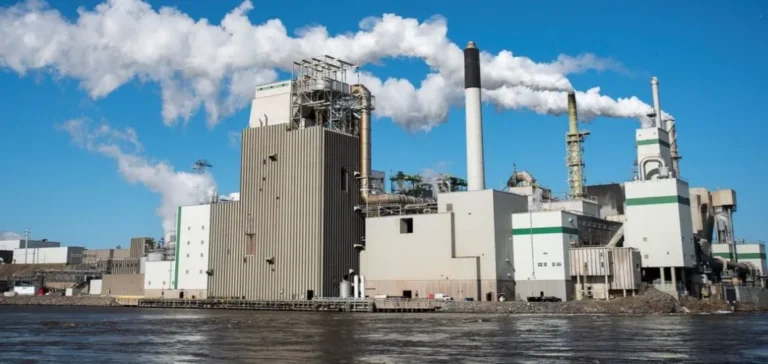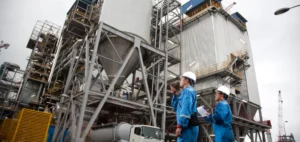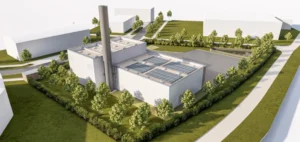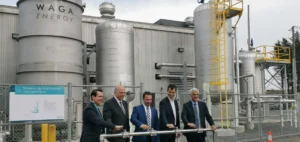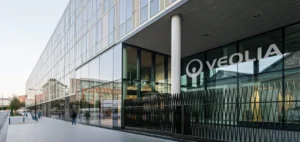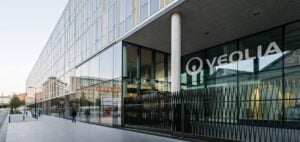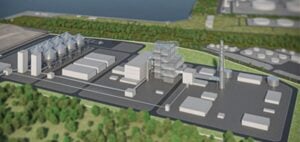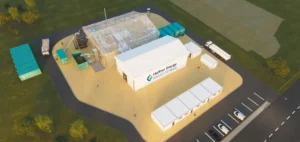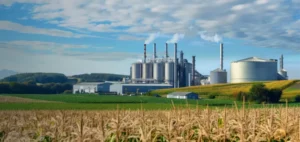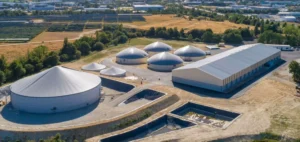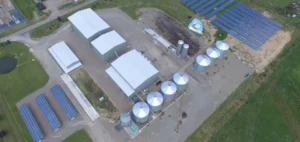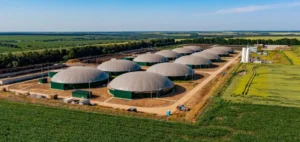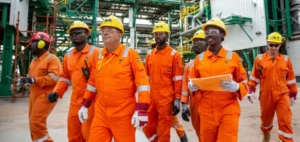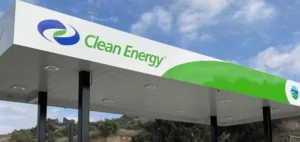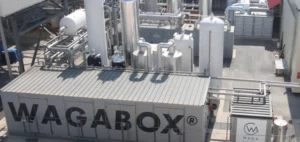Irving Pulp & Paper has reached financial close with the Canada Infrastructure Bank (CIB) for a $660mn (CAD902mn) loan to modernise its pulp mill located in Saint John, New Brunswick. The large-scale industrial project will replace 1970s-era equipment with current state-of-the-art technology.
New energy infrastructure and surplus generation
Named “Project NextGen”, the upgrade includes a new recovery boiler, steam turbine and electric generator. The new system will produce up to 145 megawatts of power, with approximately 50 megawatts used for mill operations. Surplus energy will be fed into the provincial grid under a power purchase agreement with NB Power.
The project aims to make the facility energy self-sufficient and eliminate the use of heavy fuel oil as an energy source. The company also states that emissions per tonne of Kraft pulp are expected to be reduced by 50%, enhancing competitiveness and lowering operating costs.
Employment impact and supply chain growth
According to an independent assessment commissioned by Irving Pulp & Paper, the construction phase is projected to generate $539mn (CAD736mn) in employment income and over 2,200 person-years of work. Over the long term, more than 600 new jobs are expected to be created across the regional forestry supply chain, with a forecasted 38% increase in employment income in the forest products sector.
The upgraded facility will strengthen New Brunswick’s role as a strategic wood processing hub in Canada. It is projected to become one of the world’s top ten producers of softwood Kraft pulp, with production capacity increasing by more than 70%.
Public financing and sector attractiveness
The CIB loan is designed to address long-term lending gaps for capital-intensive industrial projects. The public funding also enables mobilisation of private capital while enhancing regional economic resilience through integrated energy infrastructure development.
The Canada Infrastructure Bank categorises this loan under its “Clean Power” mandate, which supports the financing of assets that reduce greenhouse gas emissions, foster economic growth, and enable access to more affordable, lower-emission energy.


